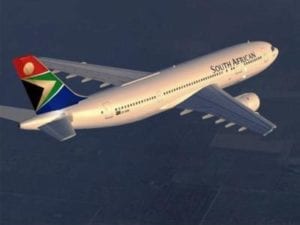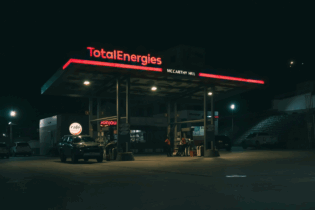Dar es Salaam. Tanzania has been ranked as among the better performing countries in the road sector in Africa, according to a World Bank report.The report titled ‘Tanzania’s Infrastructure: A Continental Perspective’ reveals that the country is one of the few whose national road funds meet the seven criteria set under the Sub-Saharan Africa Transport Policy Programme for road design.
However, it notes that from 2007 to 2010 a growing gap opened-up between Road Fund revenues and the cost of road network maintenance. “This can be attributed in part to the depreciation of the national currency, as well as to the growing costs of road works,” reads part of the report.According to the Road Fund board, road revenue for the financial year 2010/2011 increased to Sh326 billion from Sh267 billion obtained in the 2009/2010 financial year. Despite the fact that the road revenue collection has continued to increase, the Road Fund board reveals that road fund revenues collected in 2009/2010 could barely suffice to cover 58 per cent of the total road maintenance costs. “This experience underscores the need to review the level of the fuel levy over time in order to sustain the financial equilibrium of the sector,” says the World Bank report. The report further reveals that as of 2006, Tanzania’s fuel levy was approximately $0.16 (about Sh200) per litre, which is set at close to optimal fuel levy for maintenance of $0.15 per litre. The board receives funding from several sources including fuel levies on diesel and petrol; transit fees; vehicle overloading fees, just to mention a few.“The trunk network provides connections to international and regional destinations. Both paved and unpaved roads in Tanzania are in good condition compared to the benchmark groups,” reveals the report.
According to the report as of 2006, fuel levy collection was a major issue for the Road Fund, which was collecting only 39 per cent of the required amount.“This is one of the worst collection rates among countries in Sub-Saharan Africa,” reveals the report. Although the trunk network provides basic regional and national connectivity, rural accessibility is another important issue for the country, as only 24 per cent of the rural population lives within two kilometres of an all weather road.This is slightly above the low-income country benchmark but less than half the level found in middle-income countries, according to the report. Source and Image: thecitizen.co.tz







